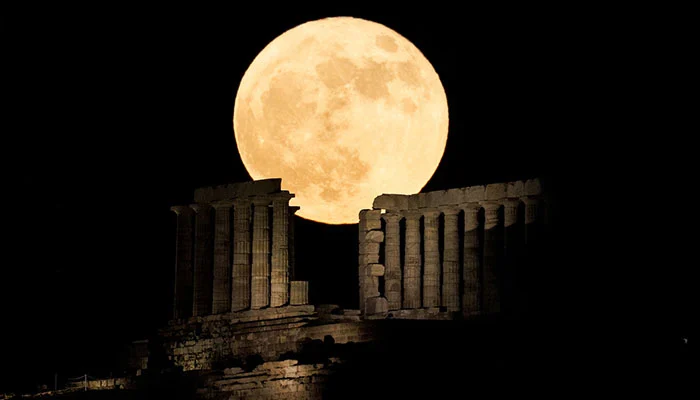Prepare to direct your gaze skyward, as this month’s full moon, widely known as the “Strawberry Moon,” is poised to illuminate the night sky, presenting a truly unique celestial event. Not only will it mark the final full moon of spring for the Northern Hemisphere, but June’s Strawberry Moon will also be the lowest full moon of the entire year when observed from north of the equator, and notably, one of the farthest from the sun.
According to timeanddate, the moon is projected to achieve its full phase at 12:43 AM on Wednesday, June 11, Pakistan Standard Time. For those located in Eastern Daylight Time, this will occur at 3:45 AM on the same day.
June’s full moon consistently appears lower in the sky from the Northern Hemisphere because the full moon’s position is directly opposite that of the sun. As the summer solstice approaches on the night of June 20th (or June 21 GMT), when the sun reaches its highest point in the sky, the corresponding full moon is, by reflection, positioned at its lowest point for the year. Live Science reported that this implies the Strawberry Moon will rise during dusk in the southeastern sky, traverse the southern sky without ascending significantly high above the horizon, and eventually set in the southwest at dawn.
Furthermore, this particular Strawberry Moon will be approximately 94,600 miles (152,200 kilometers) from the sun, rendering it one of the farthest full moons from the sun during the year. Historically, full moons have played a crucial role in ancient societies, serving as a vital tool for tracking the progression of months and seasons.
The designation “Strawberry Moon” originates from the period when wild strawberries ripen in specific regions of the Northern Hemisphere during this month, as per timeanddate.



